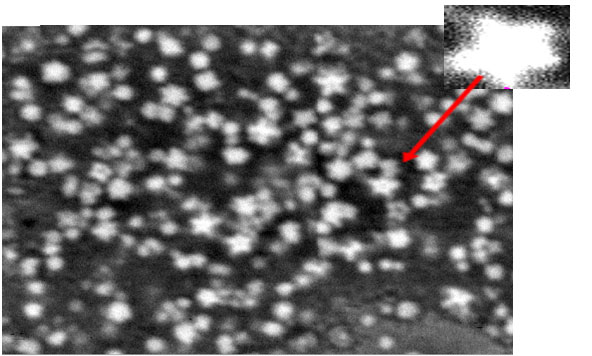Phase and structural transformations in the composite nanostructural quasicrystalline aluminium alloys under severe plastic deformation, pressure and temperature
On the base of the results determined by using modern physical material science methods scientific principles referred to relationships for combined effect of sever plastic deformation and temperature on diffusive processes, phase transformation, evolution of structure and thermal stability of mechanical properties of nanostructured composite Al alloys reinforced by ultra fine particles of metastable quasicrystalline phases has been developed for the first time. The temperature-concentration intervals for existence of quasicrystalline and crystalline phases have been justified and proper morphology of those phases has been investigated. Furthermore, characteristic features of deformation substructure and composition of aluminium matrix depending on operating pressure and temperature have been found.
Principles for control of phase composition and structure as well as strength and plasticity characteristics of powdered composite quasicrystalline Al-Fe-Cr alloys have been justified during optimization of processing parameters. This would be valuable for development of conceptually new approaches used for creation of high-strength and heat-resistant Al-based alloys of increased thermostability of structure and properties. Process conditions for creation of high-strength quasicrystalline Al-based alloys have been justified and physical principles of strength and plasticity of the above alloys have been developed. This is thought to be scientific and technical foundation for improvement of conventional technological processes as well as for design of novel technical approaches for production of high-quality quasicrystalline Al-based alloys used at elevated temperatures, making them competitive all around the world. Consolidation of powdered nanoquasicrystalline Al94Fe3Cr3 alloy due to adiabatic shear instability provided with cold-spray (CS) technique has been justified for the first time in engineering practice. The main benefit of CS process is that the fraction volume of quasicrystalline phase was found to be retained in the structure of as-sprayed alloy.

| Attachment | Size |
|---|---|
| 375.16 KB |




